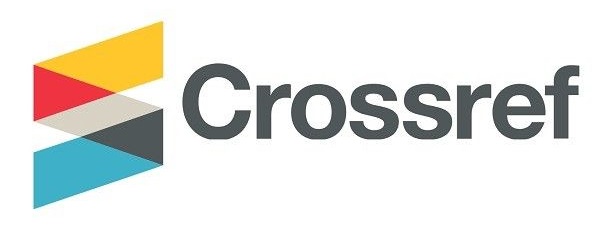Adapting to Change: Challenges and Opportunities of Hairdressing Students in A National Secondary Technical School
DOI:
https://doi.org/10.37745/bjmas.2022.0440Abstract
Students faced significant challenges in acquiring practical hairdressing skills as schools transitioned to distance or blended learning. The findings revealed two themes: transitional challenges and beneficial effects. Challenges during the transition include adjustments, drawback, financial constraints, feeling of inadequacy and limited equipment. The shift from modular to face-to-face learning introduced issues like time management struggles and dissatisfaction with the modular approach. These issues lead to more concerns about academic setbacks and motivation upon the transition to face-to-face classes called new normal. Moreover, financial constraints due posed a challenge. Despite these hurdles, participants found the transition beneficial as they appreciate the enriched learning, hands-on interactions, and engagement in extracurricular activities. The new normal was recognized for its practical engagement, facilitating networking, and attracting clients which led to improving communication skills and creating job and entrepreneurial opportunities. The study's findings strongly support the notion that hairdressing students thrive and excel when immersed in a hands-on, face-to-face learning environment. This suggests the need for further research to better improve their experiences and skill development.
Downloads
Downloads
Published
Versions
- 07-03-2024 (2)
- 07-03-2024 (1)












